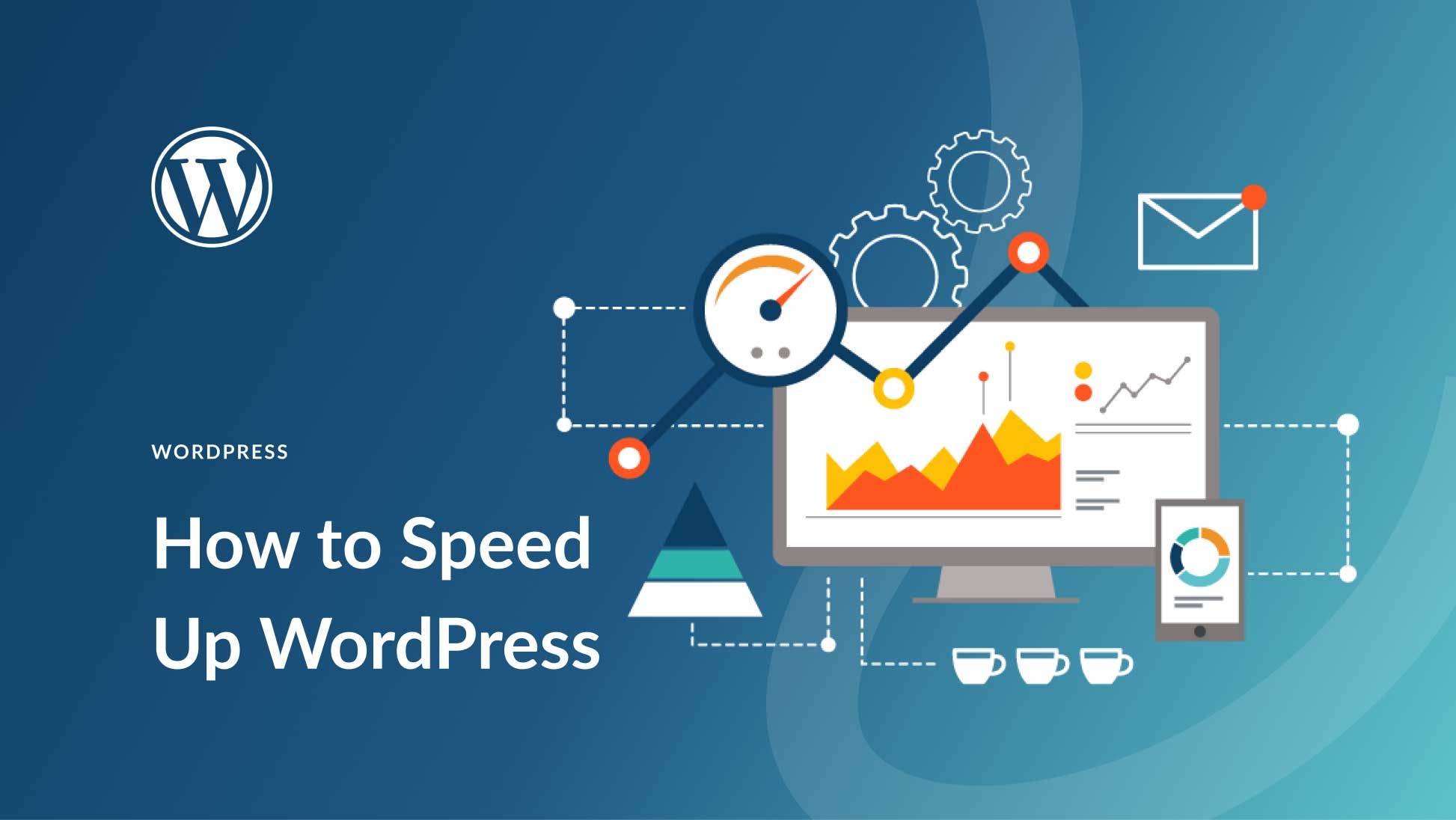How to Speed Up Your WordPress Site
Having a fast website is crucial for providing a great user experience and improving your search engine rankings. If your WordPress site is running slow, there are several steps you can take to speed it up. In this article, we’ll cover some of the best practices for optimizing your site’s performance.
1. Choose a Good Web Hosting Provider
One of the most important factors in website speed is your web hosting provider. Make sure to choose a reputable hosting company that offers fast servers and good uptime. Shared hosting is often slower than dedicated or VPS hosting, so consider upgrading if you’re experiencing slow loading times.
2. Use a Lightweight Theme
Another factor that can impact your site’s speed is the theme you use. Avoid using heavy, bloated themes with lots of unnecessary features and plugins. Look for a lightweight, minimalist theme that is optimized for speed.
3. Optimize Your Images
Large images can slow down your website significantly. Make sure to optimize your images by resizing them, compressing them, and using the right file format. There are many plugins available that can help you with image optimization, such as Smush and EWWW Image Optimizer.
4. Minimize HTTP Requests
Each element on your website, such as images, CSS files, and JavaScript files, requires an HTTP request. The more requests your site has to make, the longer it will take to load. To speed up your site, try to minimize the number of HTTP requests by combining files, reducing the number of plugins, and using browser caching.
5. Enable Gzip Compression
Gzip compression can significantly reduce the size of your website files, making them quicker to load. Most modern web servers support Gzip compression, so enable it in your server settings or use a plugin to do it for you.
6. Use a Content Delivery Network (CDN)
A content delivery network (CDN) can help speed up your site by storing copies of your website’s files on servers around the world. When a user visits your site, the CDN serves the files from the server closest to them, reducing load times. Popular CDN providers include Cloudflare and MaxCDN.
7. Disable Unnecessary Plugins
Plugins can add functionality to your site, but they can also slow it down. Go through your list of plugins and disable any that you don’t use or that are slowing down your site. It’s also a good idea to regularly update your plugins to ensure they are optimized for speed.
8. Use Lazy Loading for Images
Lazy loading is a technique that defers loading offscreen images until the user scrolls down to them. This can help speed up your site’s initial load time, as only the images that are visible are loaded immediately. There are plugins available that can implement lazy loading for you, such as WP Rocket and Lazy Load by WP Rocket.
9. Optimize Your Databases
Over time, your WordPress database can become bloated with unnecessary data, which can slow down your site. Regularly optimize your database by cleaning up old data, removing spam comments, and optimizing database tables. Plugins like WP-Optimize can help with this process.
10. Enable Browser Caching
Browser caching allows your website files to be stored on a user’s device, so they don’t have to be downloaded every time the user visits your site. This can significantly reduce load times for returning visitors. You can enable browser caching by adding the appropriate code to your htaccess file or using a plugin like W3 Total Cache.
Conclusion
By following these tips, you can significantly improve the speed of your WordPress site and provide a better user experience for your visitors. Remember that site speed is a crucial factor in SEO rankings, so it’s worth investing the time and effort to optimize your website for speed.
